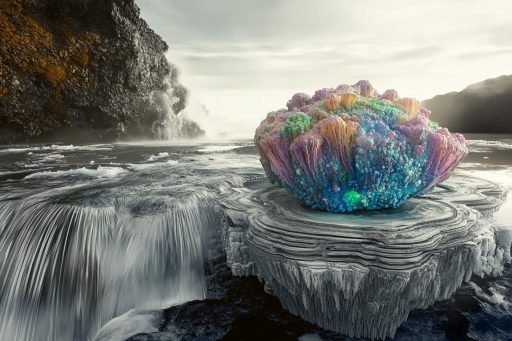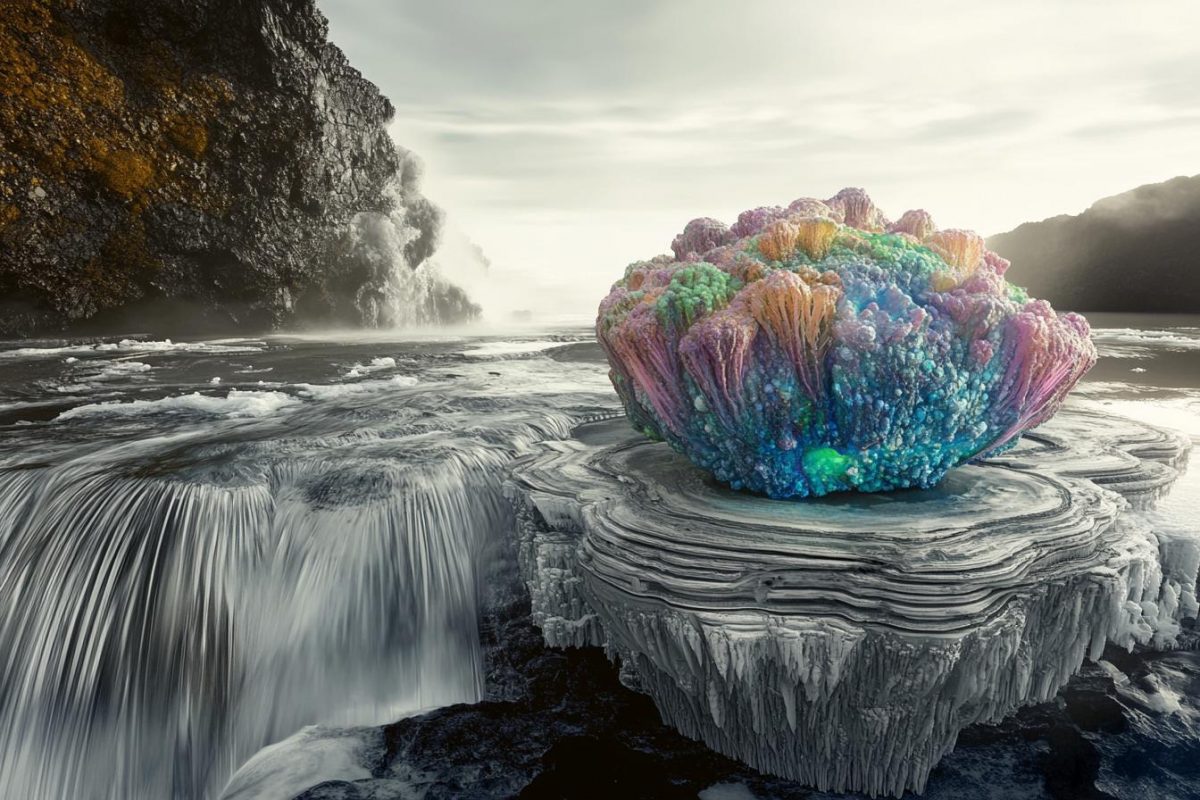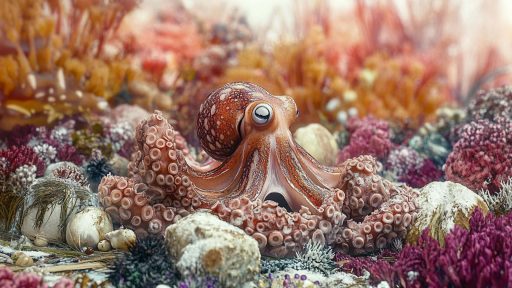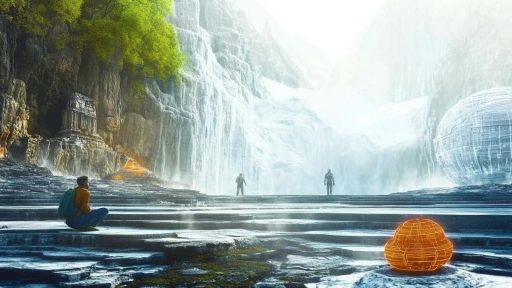
Life has a way of turning up in the most unlikely corners of our planet. In environments once thought too extreme, hostile, or barren to support even the simplest organisms, tiny microbes not only survive—they thrive. From scalding volcanic vents to radioactive waste dumps, these resilient life forms challenge our understanding of biology and raise unsettling questions about what else might be out there. If life can persist here, where can’t it?
Thermococcus gammatolerans
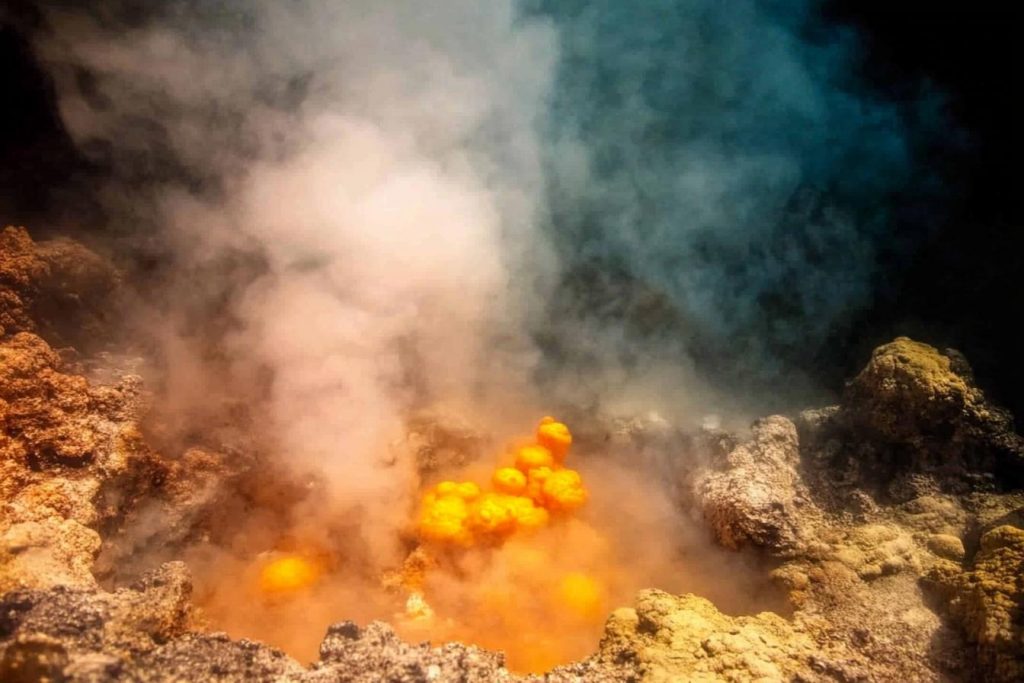
Discovered in hydrothermal vents beneath the ocean, this heat-loving microbe can endure temperatures up to 90°C and radiation levels that would obliterate most life. It was first isolated near submarine volcanoes, thriving in the crushing pressure and toxic soup of chemicals. Its resilience hints at life’s ability to adapt to extremes beyond our imagination.
Deinococcus radiodurans
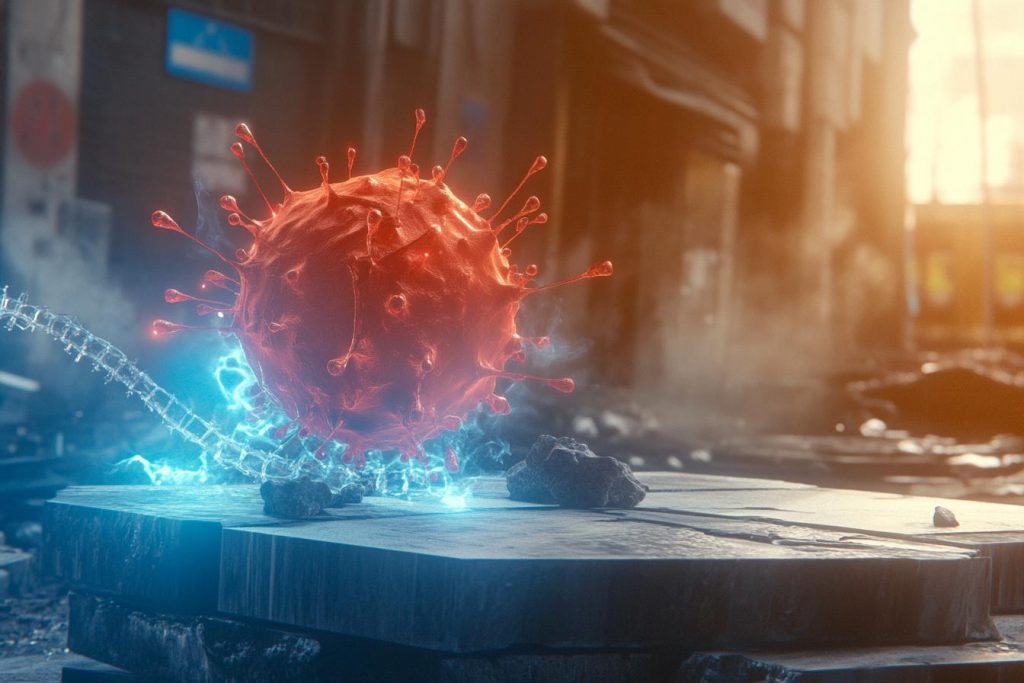
Nicknamed “Conan the Bacterium,” this microbe can survive extreme dehydration, acidic conditions, and radiation thousands of times higher than a lethal dose for humans. Found in nuclear waste sites and even frozen deserts, it has the astonishing ability to repair its shattered DNA. Its existence stretches the very definition of what “survivable” means.
Halobacterium salinarum

Living in hypersaline environments like salt lakes and salt mines, this microbe thrives where few others can. Rather than avoiding salt, it embraces it, using light-harvesting pigments to generate energy. Its vibrant reddish hue often stains salt flats and is a living testament to adaptability.
Picrophilus oshimae

This acidophile thrives in conditions as acidic as battery acid—environments that would dissolve most living tissue. Found in volcanic hot springs in Japan, it prefers a pH close to zero and temperatures around 60°C. How it manages to function in such extreme acidity continues to puzzle scientists.
Methanopyrus kandleri
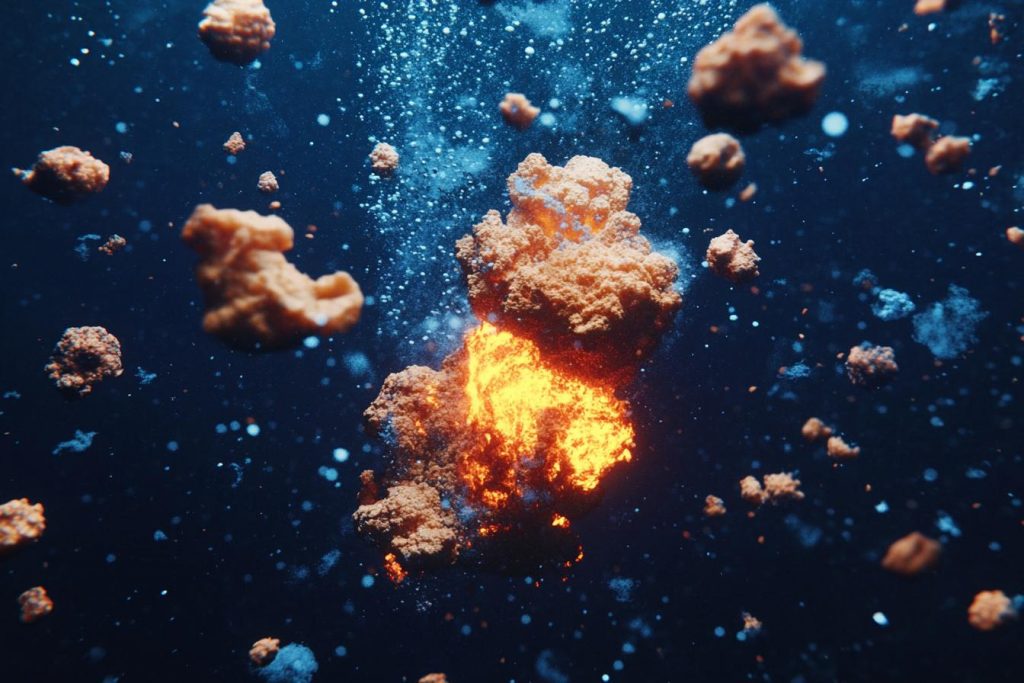
Residing near hydrothermal vents at the ocean floor, this microbe survives at temperatures up to 122°C, the highest known for any living organism. It metabolizes by producing methane, a process that may mirror early Earth conditions. Its existence challenges the boundaries of what we consider habitable.
Ferroplasma acidarmanus
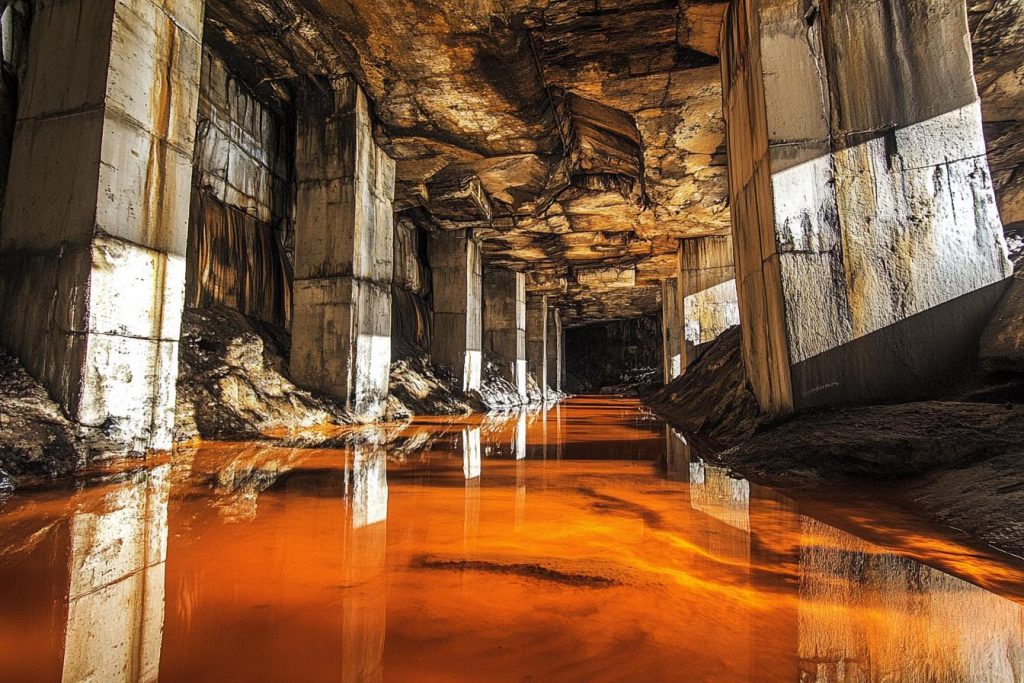
This iron-oxidizing microbe lives in acid mine drainage where pH can dip below 1, and it flourishes without a cell wall—a rarity in biology. Found in abandoned mines, it plays a role in bioleaching and has a unique survival strategy that may help develop new bioengineering techniques. Life here is not just surviving; it’s innovating.
Colwellia psychrerythraea
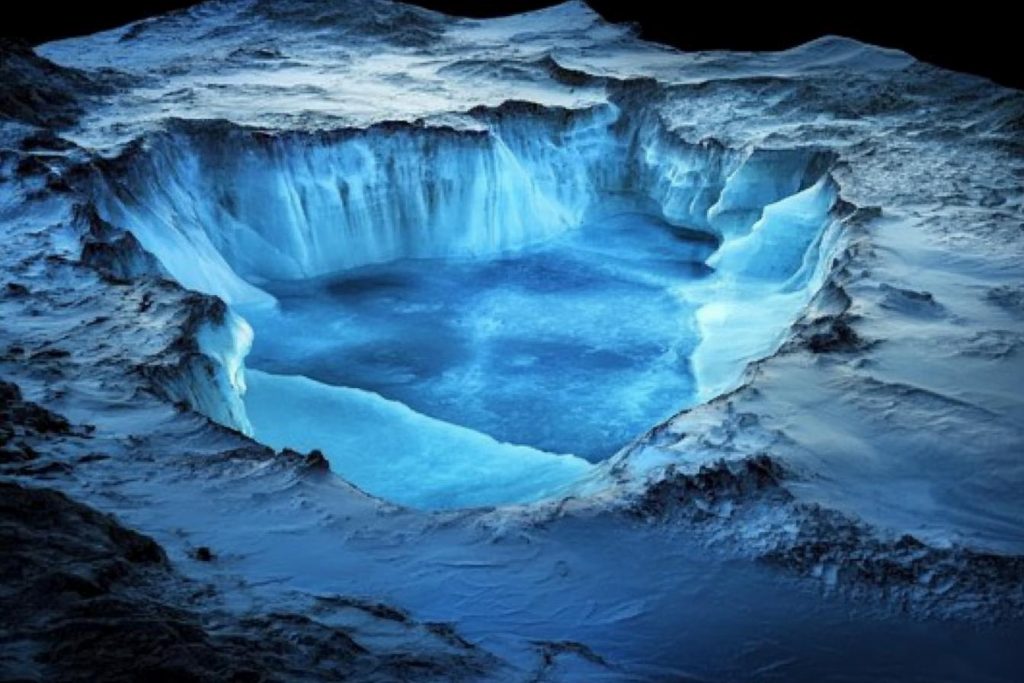
This microbe is a psychrophile, living in the extreme cold of Arctic sea ice and deep ocean sediments. It can metabolize and reproduce at temperatures below freezing and may help us understand life’s potential on icy moons like Europa. Its enzymes remain active in near-solid ice.
Desulforudis audaxviator
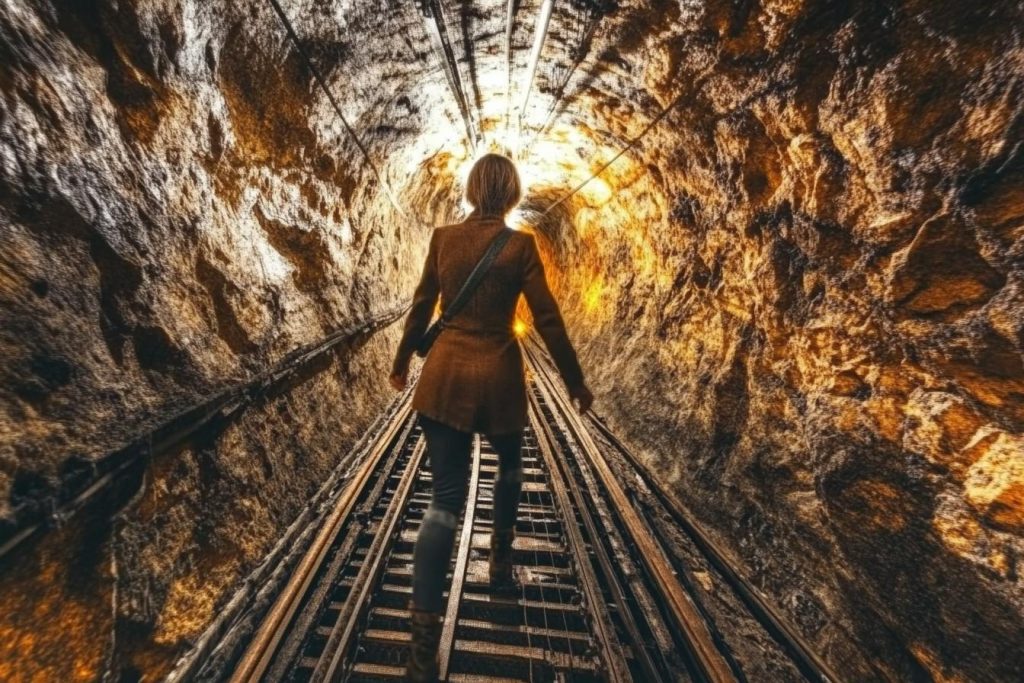
Discovered 2.8 kilometers below Earth’s surface in a South African gold mine, this microbe lives without light, oxygen, or contact with the surface. It derives energy from radioactive decay and exists in complete isolation. Its name, meaning “bold traveler of the underworld,” is fitting for a lone survivor in the deep.
Chroococcidiopsis
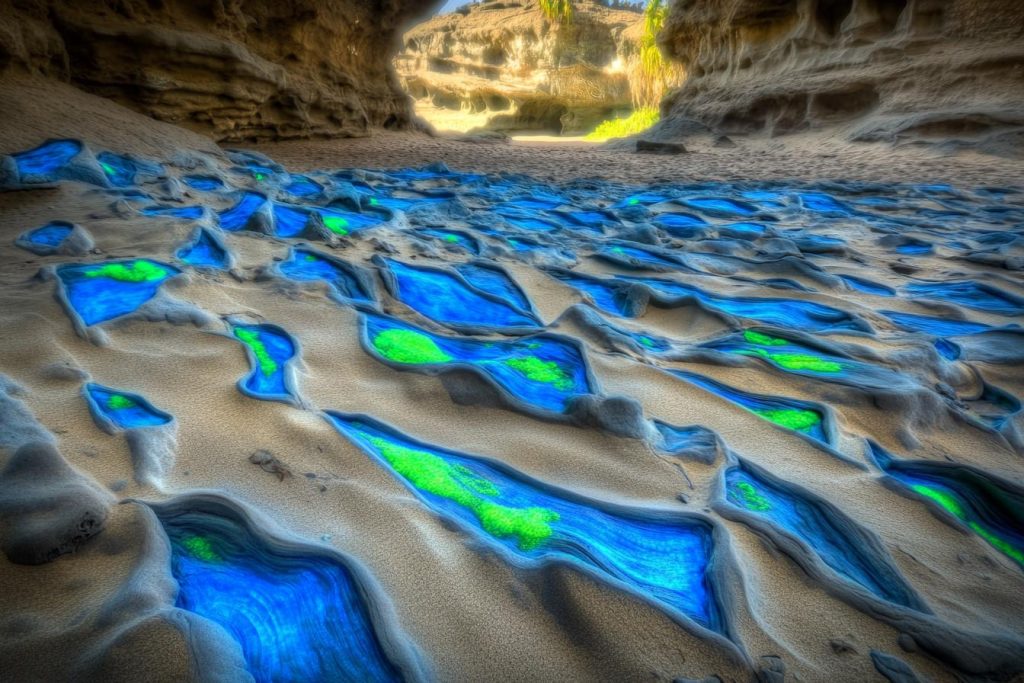
Found in deserts and inside Antarctic rocks, this photosynthetic microbe survives UV radiation, drought, and extreme cold. It may represent one of the best models for life on Mars. Able to revive after years of dormancy, it seems designed to wait out the apocalypse.
Geogemma barossii

Another inhabitant of deep-sea hydrothermal vents, this archaeon holds the record for surviving extreme heat, living comfortably at 121°C. It was discovered in samples collected from the ocean floor and has no known upper temperature limit. It might be the closest thing to a fireproof organism.
Acidithiobacillus ferrooxidans
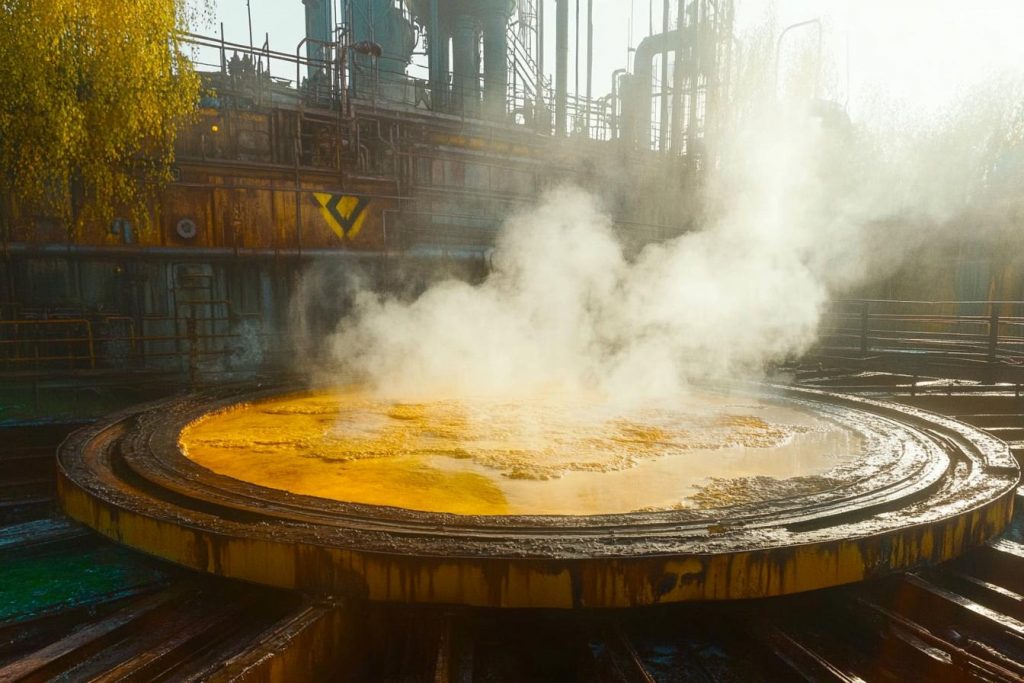
This acid-loving bacterium thrives in mine drainage by oxidizing iron and sulfur, producing sulfuric acid as a byproduct. It’s not just surviving in acidic water—it’s making it. Useful in bio-mining, it’s another reminder that microbes can turn hostile environments into their own resource.
Planococcus halocryophilus

Discovered in the Canadian High Arctic, this microbe survives high salt and freezing temperatures simultaneously. It reproduces in environments where ice and salt coexist, similar to conditions that may be found on icy planets. It’s a model organism for space biology research.
Altiarchaeum hamiconexum
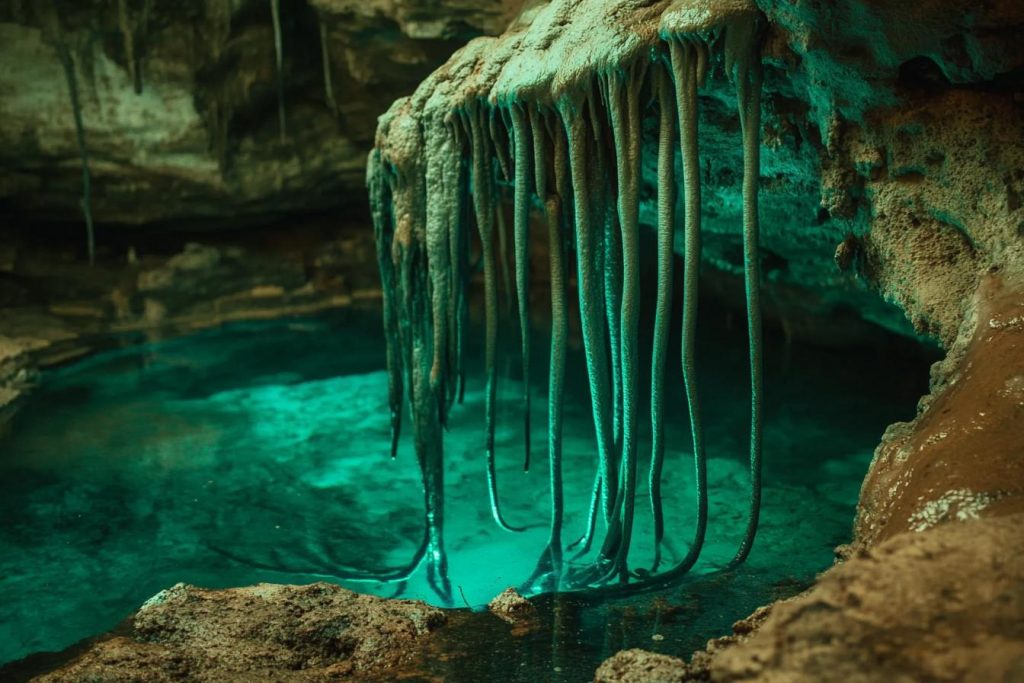
This deep subsurface microbe builds elaborate grappling-hook-like appendages to cling to rocks in underground aquifers. It survives in complete darkness and isolation, tapping into geochemical energy. Its intricate structures suggest that even in the most remote places, life can be surprisingly complex.
Bacillus infernus
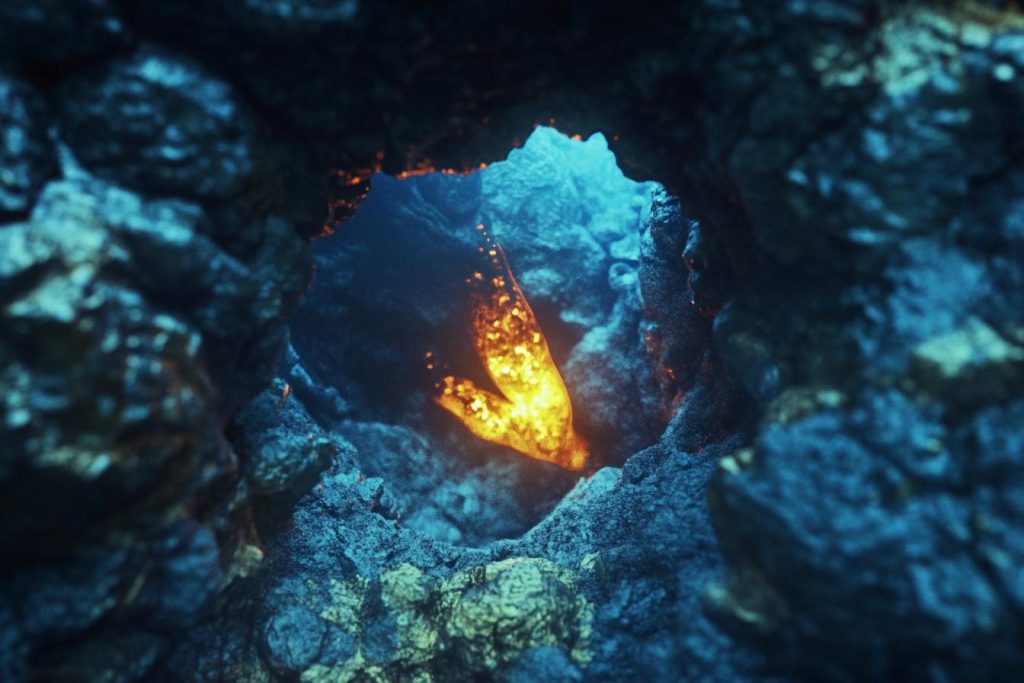
Isolated from deep beneath the Earth’s crust, this bacterium metabolizes iron and manganese in high-pressure, high-temperature environments. It’s an anaerobe that has never known sunlight. Its very existence is a glimpse into the vast, unseen biosphere below our feet.
Tersicoccus phoenicis

This ultra-cleanroom microbe was discovered in spacecraft assembly facilities and is so resistant to sterilization that it can survive the vacuum-like conditions of space. Its resilience raised questions about contamination of other planets. Life, it seems, can hitchhike into the stars.
What Lurks Where Nothing Should Live

These microscopic survivors force us to rethink what it means for a place to be “inhospitable.” They redefine the limits of life and reveal a biosphere that is far more flexible, and strange, than we imagined. With every new discovery, our understanding of Earth—and potentially other worlds—expands. Perhaps the boundaries we draw between life and lifelessness aren’t boundaries at all.

